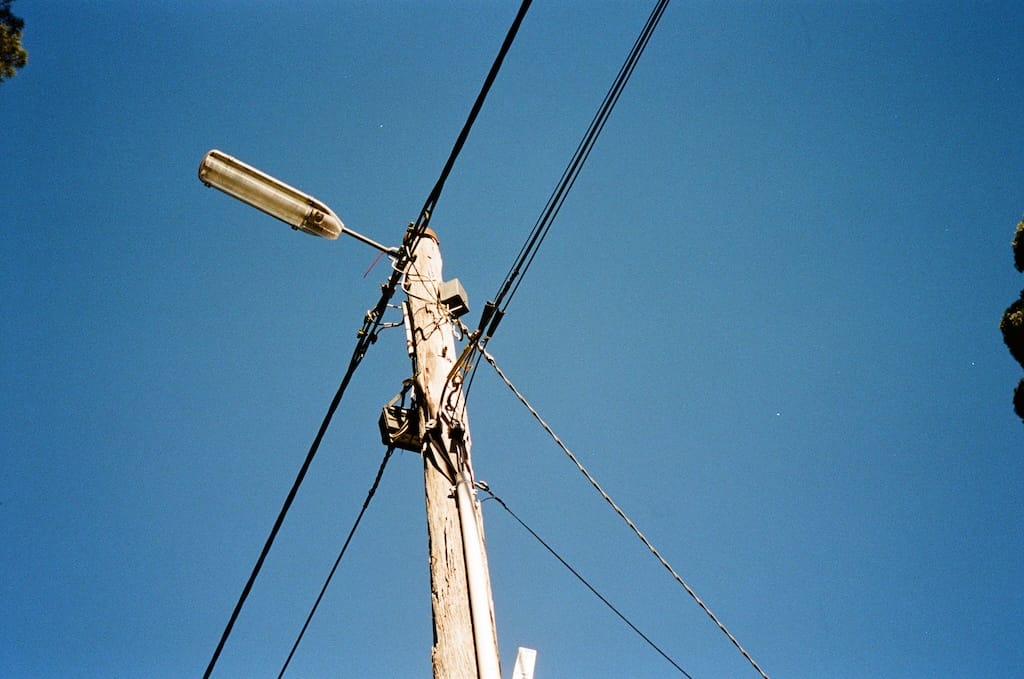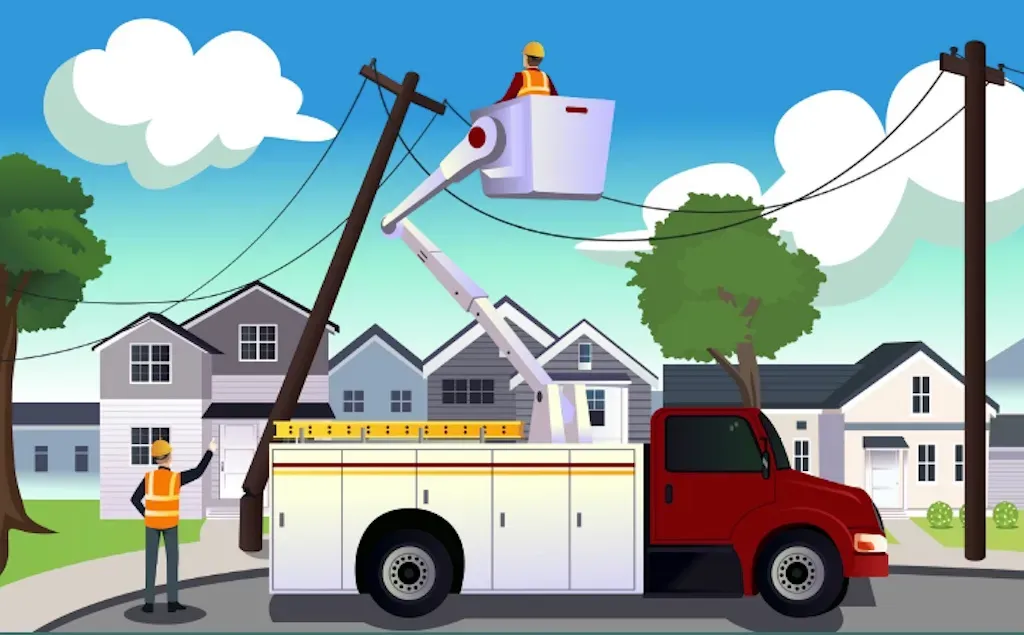Broadband Providers Oppose Another Petition to Change FCC Pole Rules
A coalition of utility companies asked the FCC to discard part of its new pole attachment rules.
Jake Neenan

WASHINGTON, March 19, 2024 – Broadband providers and trade groups are opposing another utility company petition asking the Federal Communications Commission to remove a provision in its updated pole attachment rules that requires pole owners to provide their most recent inspection reports to prospective attachers.
The Coalition of Concerned Utilities argued in a February petition for reconsideration that providing inspection reports within 10 business days is overly burdensome for utilities, and that releasing the reports could gum up broadband deployments by leading to disputes with attachers who don't understand the data.
"As such, these reports could easily be misconstrued by attaching entities, which do not understand utility asset management programs and prioritizations, which have limited knowledge of complex utility pole maintenance issues, and which do not understand state regulatory and other requirements that may inform the collection of such information," the group wrote.
In response to the February petition posted Monday, NCTA, which represents large cable and broadband providers, pushed back on the claim that inspection reports would be misinterpreted by attachers and slow broadband deployments.
The group argued that having more detailed information about a pole’s condition, capacity, and existing attachments earlier in the process would allow providers to better plan deployments and complete them faster.
“Utilities’ claims to know the information that is beneficial to attachers more than the attachers themselves is unconvincing,” NCTA wrote.

 Broadband BreakfastTeralyn Whipple
Broadband BreakfastTeralyn Whipple
INCOMPAS, another trade group representing independent broadband providers, agreed. The petition “completely disregards the sophistication and deployment expertise of attachers and communications service providers,” the group wrote in comments to the commission.
“Most new attachers are engaged in multiple, simultaneous builds in a state at any one time and therefore need to understand utility asset management and prioritization and the state and local regulatory requirements associated with the collection of pole information,” INCOMPAS added.
Trade group ACA Connects, as well as fiber providers Altice and Crown Castle, also submitted comments opposing the petition. No parties met with commission staff or submitted comments in support of the coalition.
The petition follows a similar filing in January by the Edison Electric Institute, also opposed by telecoms, which sought to remove the order’s clarification that attachers can not be made to bear the full replacement costs for older poles that no longer comply with current construction standards.
When a broadband provider wants to deploy infrastructure like fiber, it often must attach it to poles owned by incumbent utility companies. Those poles need to be prepared for the new attachment, which sometimes involves replacing the entire pole either for structural or zoning reasons.
In the more than 25 states without their own pole attachment regulations, the FCC has authority to set the terms of those agreements between investor-owned utilities and potential attachers. The agency updated its policies in December in an attempt to streamline the process ahead of deployments funded by the $42.5-billion Broadband Equity, Access and Deployment program.
Pole attachment rules have been an ongoing dispute before the FCC, and some arguments raised in the recent filings have come up before. The biggest issue has been the sharing of replacement costs.
Both publicly and in comments to the commission, telecom companies have argued that utilities unfairly pass the entire cost of replacement on to them, even when poles are already unsafe and would need to be replaced even without their extra equipment. They say the cost should be shared because the owner benefits from the new pole.
Utilities say they would not normally replace the poles being used by
telecom companies, either because they are structurally sound or to phase out
old lines, and don’t benefit from the installation of newer poles.
The updated rules adopted in January make it harder for utilities
to force attachers to pay for a new pole in full by expanding the definition of
a “red tagged” pole, the replacement cost of which cannot be allocated entirely to telecoms.
The agency is also preparing to mediate more of these disputes ahead of BEAD projects, setting up with the new rules its Rapid Broadband Assessment Team to resolve pole attachment disagreements. The commission also sought comment on setting up a defined make-ready timeline for bulk orders and updating rules around when telecoms can use their own contractors to prepare poles.









Member discussion